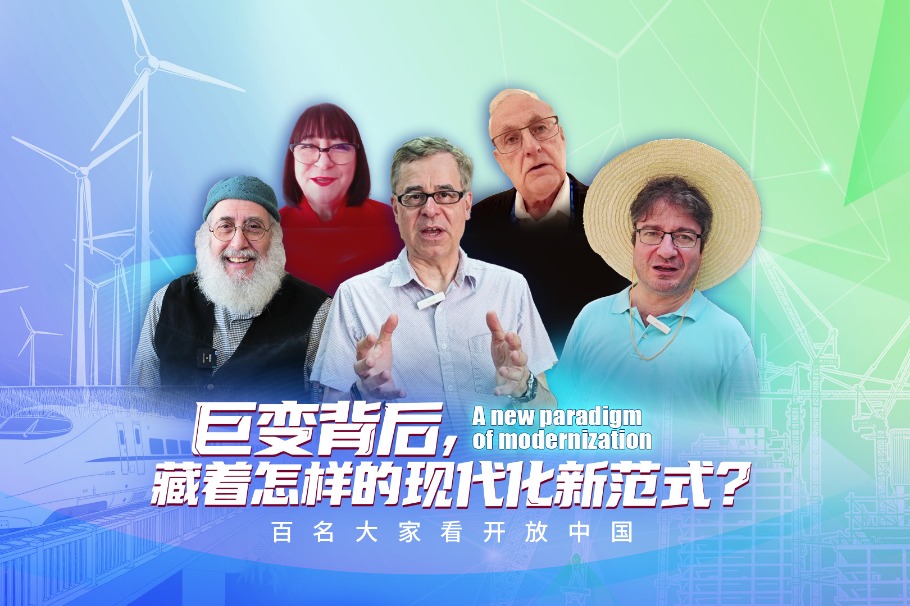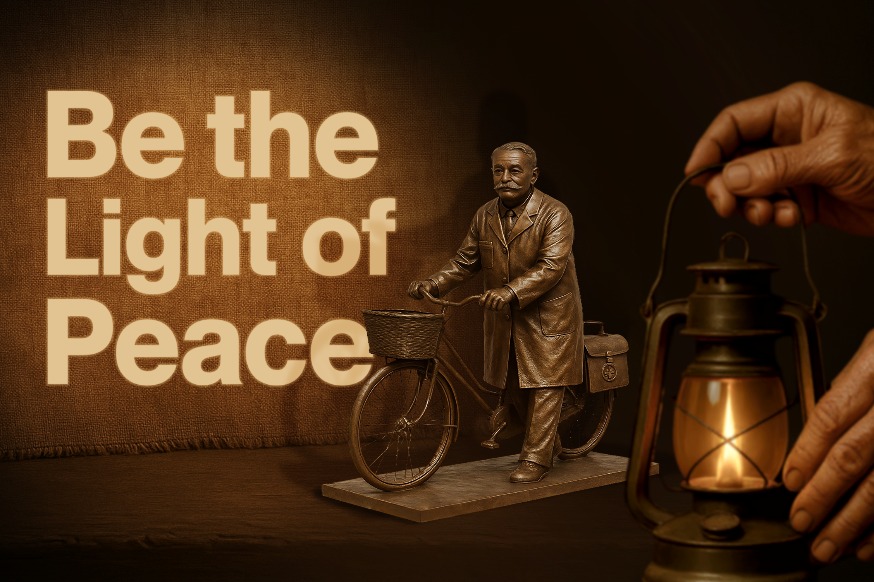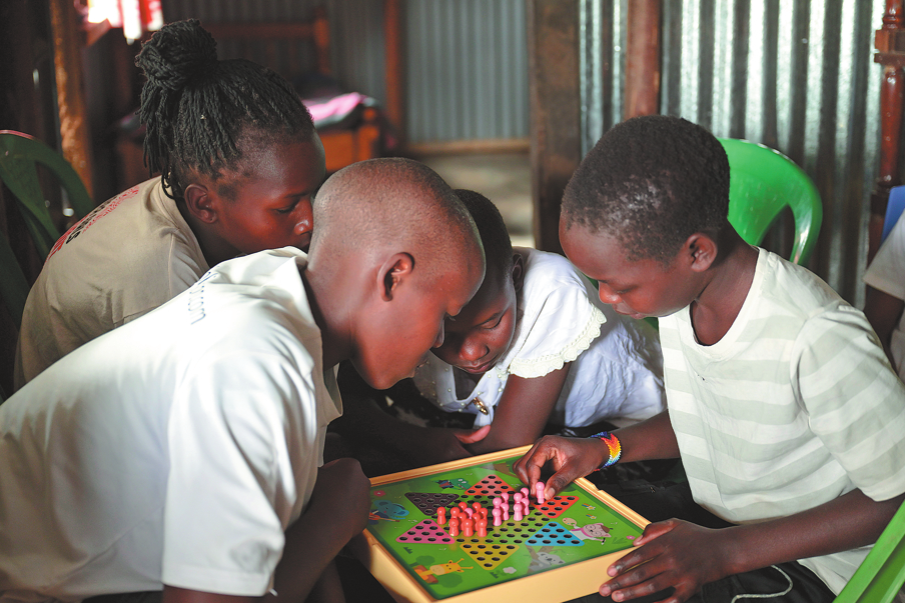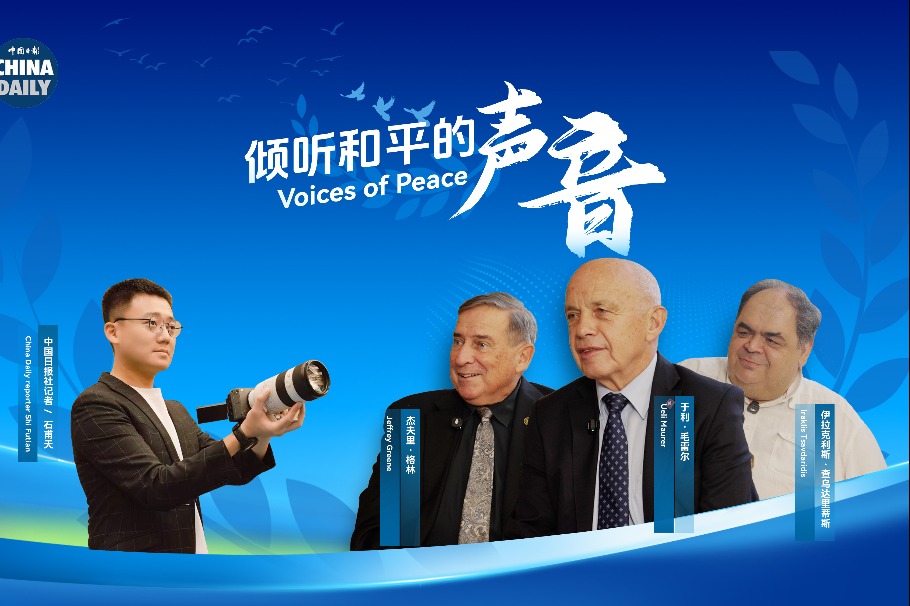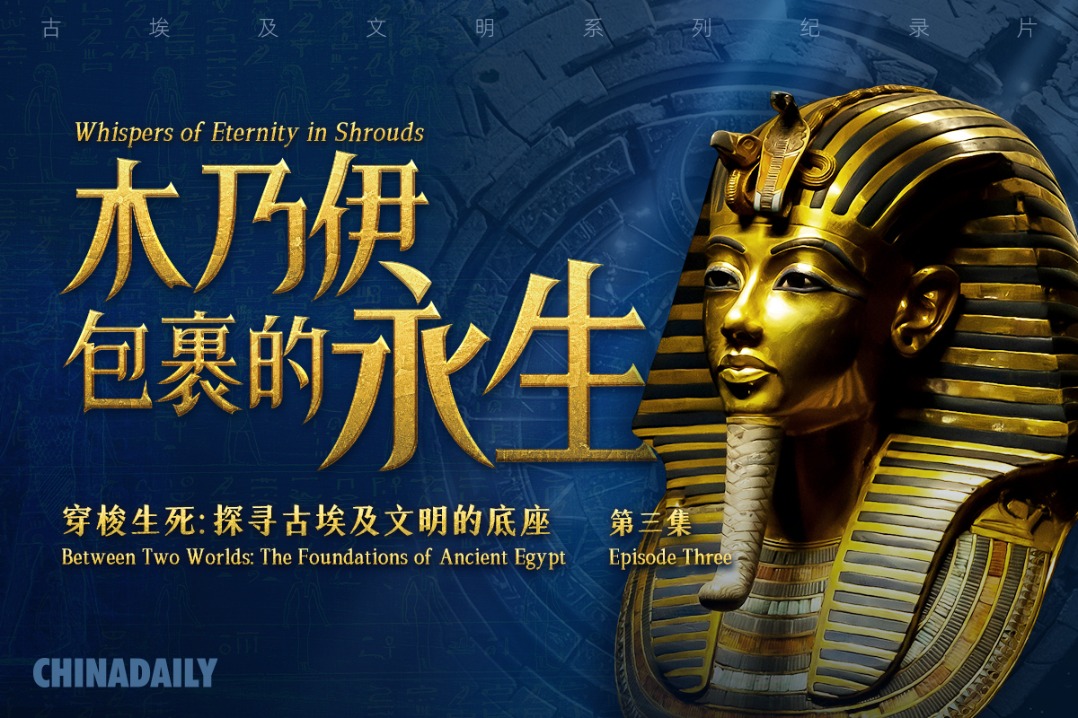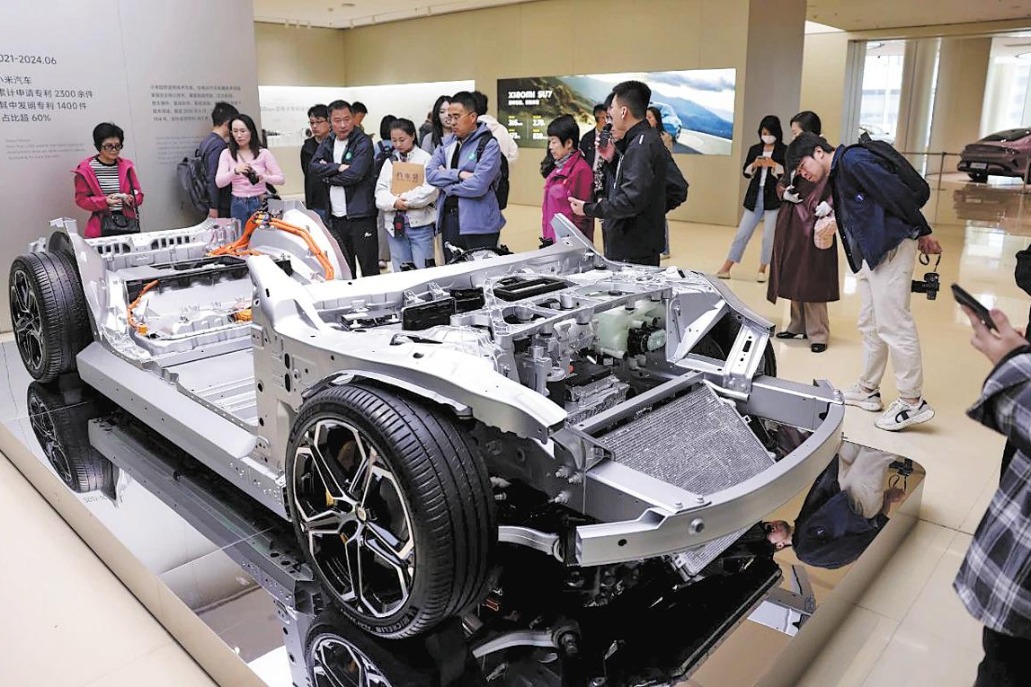Beijing's old book market revived by new wave of collectors
Baoguo Temple fair offers mix of histories, modern classics and information-dense texts

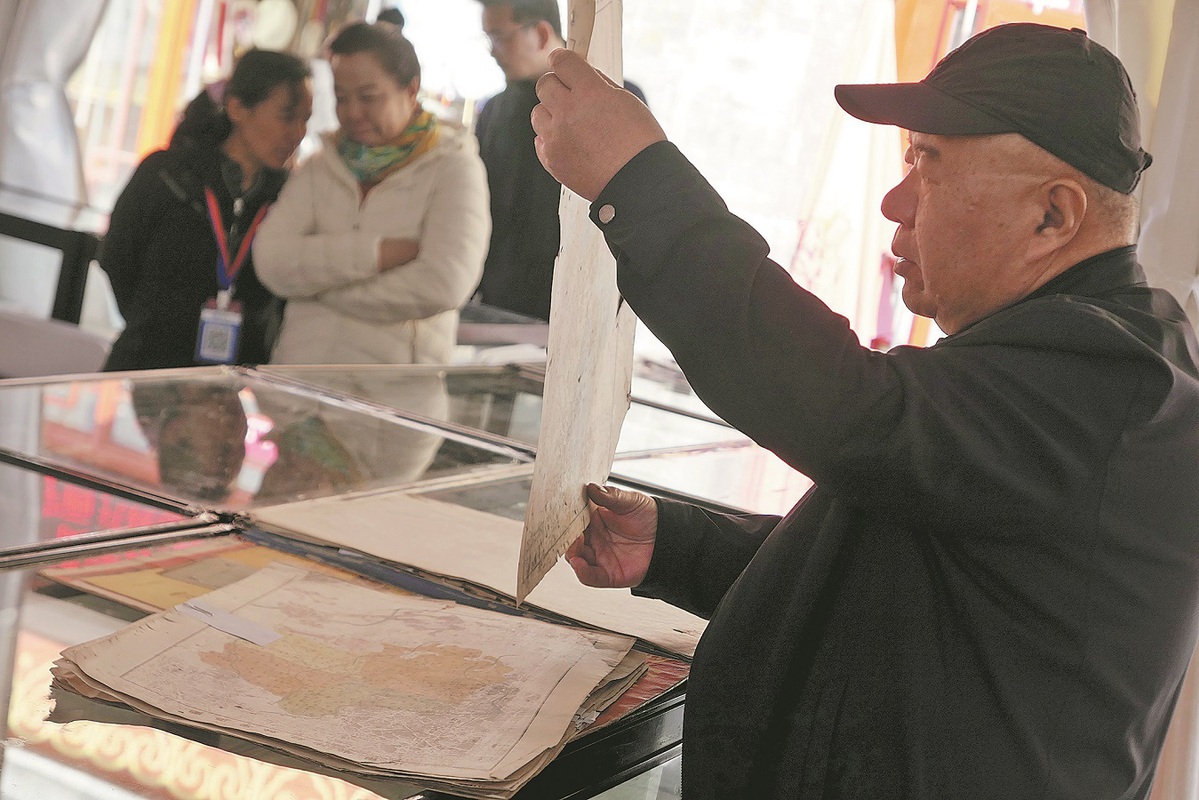
Lower prices
Zhang Huiwei is a 62-year-old vendor for Kongfuzi Jiushu website, reputedly the world's largest online trading platform for old books.
He is also one of Kongfuzi's first merchants and has been involved in the book trade for over 20 years.
On a recent Saturday morning in May, he had already set up his stall at Baoguo Temple Old Book Market by 8:30 am. The stall had the comforting smell of aged paper, and flecks of dust could be seen dancing in the morning sunbeams.
He carefully placed some fragile books from the early 1900s in transparent plastic covers to protect them from further deterioration.
Zhang isn't one for small talk, but he was happy to talk with customers interested in his offerings.
He said few of his customers are genuine collectors and the majority will haggle for a better price. "I know most readers who come to buy books from me don't want to buy expensive ones. Their main thought is, 'The book has to be good, and it has to be cheap'," he said.
Zhang said his best deal is 10 yuan for three books. His pricing strategy is based on several aspects and he can charge up to 80 yuan for some titles.
The first consideration in setting a price is when the book was published. Basically, the older the book, the higher the price. Books from the Republic of China period (1912-49) are more expensive. After that, prices gradually decrease for books from the 1950s and 60s, to the 70s and 80s, and to the present day.
"Our books were originally priced low. But because they're old now, their value has gone up, and they are also in line with current market prices," he explained.
Another pricing consideration is whether the books were published by major publishing houses and what edition they are. Books from large publishers like the People's Literature Publishing House, Zhonghua Book Company, and the Commercial Press generally fetch a good price, depending on their condition, he said.
The content is also a determining factor. Works on literature, art, philosophy, and history are the most popular with readers, Zhang said.
One regular customer recently visited his stall and in less than half an hour picked out over a dozen books. Among them were hardcovers from the 1950s and 60s, as well as paperbacks published after 2000.
"I never really recommend books to customers, because I don't know their preferences; what could I suggest?" he said. "No matter how cheap a book is, if they don't want it, there's nothing you can do. On the other hand, some people see a book and their eyes just light up — those are the ones who truly want (to buy) the books."
Regular patrons don't bother to ask details of what's on offer. Every time they visit they are aware of what's new on display, he added.
For Zhang, who once worked in the printing industry and later in the hardware business, reading new books doesn't feel "as comfortable" as reading old ones.
He cited an example of the four volumes of A Dream of Red Mansions published in 1972, which were printed on copperplate paper, exquisitely bound, and comfortable to read. By comparison, modern books are often printed on "bright" white paper and are uncomfortable to read. "It's like watching a computer screen," said Zhang.














